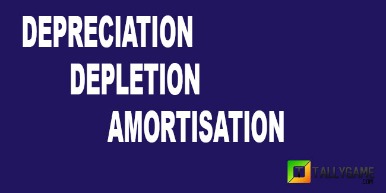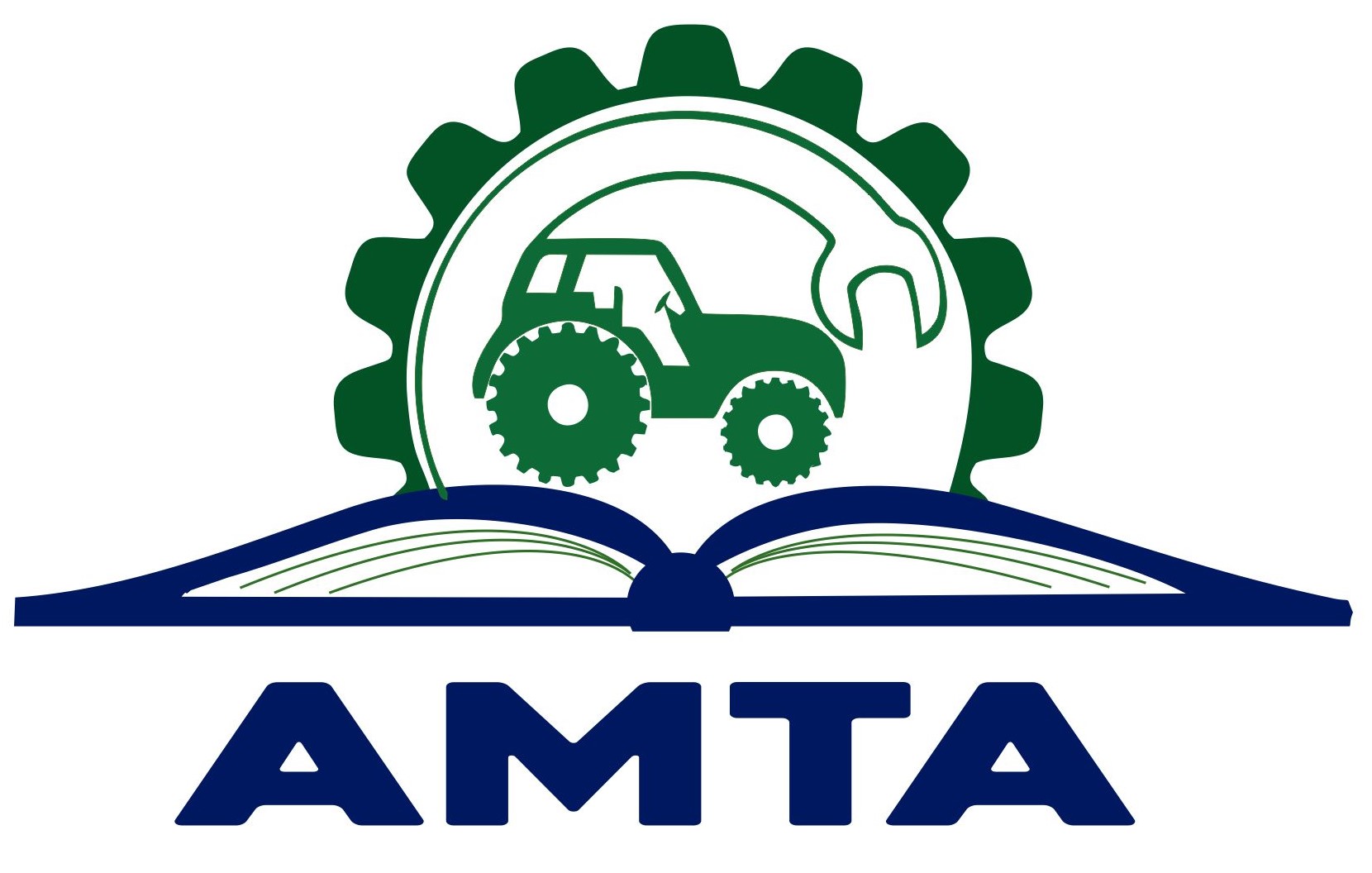Account Reconciliation: Example, Types, Process, Best Practices

It adheres to accrual accounting principles and reconciles balances for credit card statements to the appropriate payables account. To meet this purpose, businesses usually reconcile accounts at the end of each accounting period. Period reconciliations are important to be carried out to find out any discrepancies in the accounting record and to be able to correct them regularly.
What Is an Example of Accounting Reconciliation?
This practice helps identify and rectify discrepancies, including missing transactions. In essence, reconciliation acts as a month-end internal control, making sure your https://www.kelleysbookkeeping.com/ sets of records are error-free. Reconciling your bank statements simply means comparing your internal financial records against the records provided to you by your bank.

What Is Month-End Reconciliation?
You will need to give special importance to reconciling accounts receivables to ensure steady cash flow and good customer relations to name just a few reasons. You will need to check the bank and ledger balances to ensure that there are no short payments, deductions, disputes, and to stop credit facility for defaulting customers. Based on the investigation of discrepancies, adjustments and corrections are made to the financial records. Adjustments encompass a variety of actions, such as correcting registration errors, including previously missed transactions, or removing duplicate transactions. The goal is to align the data and ensure that both sets of records match accurately.
Reconciling Account
Here are five best practices that can help your organization to improve the account reconciliation process. Companies often pay some expenses or for some purchases in advance, especially when they are regular. However, accounts need to be reconciled to ensure that goods or services https://www.personal-accounting.org/fob-shipping-point-vs-fob-destination-know-the/ were received or delivered as per the contract. Reconciliation at this time also helps evaluate if the expense needs to be continued or not. Lack of staff training in reconciliation processes can result in errors and delays in identifying and resolving discrepancies.
What accounts need to be reconciled?
Companies need to reconcile their accounts to prevent balance sheet errors, check for possible fraud, and avoid adverse opinions from auditors. Companies generally perform balance sheet reconciliations each month, after the books are closed for the prior month. This type of account reconciliation involves reviewing all balance sheet accounts to make sure that transactions were appropriately booked into the correct general ledger account. It may be necessary to adjust some journal entries if they were booked incorrectly. Cash flow may also be affected if general ledger account balances are inaccurate. Reconciliation means comparing different sets of data in order to check that they are in agreement.
- It’s important to keep in mind that consumers have more protections under federal law in terms of their bank accounts than businesses.
- Dealing with bankruptcy, fraud or theft due to lack of proper reconciliation doesn’t have to be part of your work life.
- Spreadsheets, financial statements, accounts, balances, general ledger, exceptions, rows and rows of data will immediately pop up and replace any other interpretations.
- Bank errors are infrequent, but the company should contact the bank immediately to report the errors.
- Here, they’d match records like receipts or cheques with entries in the general ledger.
- Ramp makes the reconciliation process precise and efficient, so your business can achieve financial excellence.
If you want to understand account reconciliation, it is a good idea to start with the types of reconciliation. For example, a company can estimate the amount of expected bad debts in the receivable account to see if it is close to the balance in the allowance for doubtful accounts. The expected bad debts are estimated based on the historical activity levels of the bad debts allowance. Depending on your business, you may also want to reconcile your inventory account, which is typically completed by doing a complete accounting of all inventory on hand. A profit and loss statement, also known as an income statement summarizes revenue and expenses that have been incurred during a specific period.
This process is important because it ensures that you can identify any unusual transactions caused by fraud or accounting errors. As a business, the practice can also help you manage your cash flow and spot any inefficiencies. Stripe’s reconciliation process involves comparing your business’s internal records, such as invoices, with external records such as settlement files, payout files and bank statements. Stripe’s automated system handles this comparison, enabling you to capture revenue accurately and reconcile your internal accounting systems with Stripe-processed charges and refunds at a transaction level. Account reconciliation is the process of comparing general ledger accounts for the balance sheet with supporting documents like bank statements, sub-ledgers, and other underlying transaction details. If the ending balances don’t match, accountants investigate the cause of the discrepancies and make adjusting entries required to resolve differences from errors or missing transactions.
Regular account reconciliation should be combined with invoice reconciliation as part of your internal controls in accounts payable. Keeping your accounts reconciled is the best way to make sure that your balances are accurate and an important part of ensuring adequate financial controls are in place. While the reconciliation process remains the same, with two sets of documents compared for accuracy, the difference lies in what is being reconciled. This process requires you to compare internal records at the beginning and end of a financial cycle. It will let you see if the goods you sold or services you provided match up with your internal records. Income tax liabilities are reconciled through a schedule to compare balances with the general ledger.
These should match up with external accounts like bank statements for month-end reconciliation. One account will get a debit, and the other account will receive a credit for the same transaction. For instance, when a company conducts a sale, it debits either cash or accounts receivable on its bank statement balance sheet. Similarly, when a business receives an invoice, it credits the amount of the invoice to accounts payable (on the balance sheet) and debits an expense (on the income statement) for the same amount. When the company pays the bill, it debits accounts payable and credits the cash account. Again, the left (debit) and right (credit) sides of the journal entry should agree, reconciling to zero.

After studying the reconciliation types, it’s time to show you some real-time examples for a better understanding. Make sure you go through each of them to have a comprehensive payroll tax idea of how account reconciliation works. This is a process in which a parent company eliminates intercompany flows by consolidating the GLs of its subsidiaries.
They can then look for errors in the accounting records for customers and correct these when necessary. We refer to them as bank, vendor, customer, business-specific, and intercompany reconciliation. In accounting, reconciliation refers to a process a business uses to ensure that 2 sets of accounting records are correct.
The process is important because it ensures that you can weed out any unusual transactions caused by fraud or accounting errors. It provides an opportunity to record their cash position and forecast their cash flow with a higher degree of accuracy. Firstly, it is necessary to identify errors due to data entry mistakes, bank account discrepancies, information omission, duplication, or some other reason. Reconciliation for prepaid assets checks the balances for different types of prepaid assets, factoring in transactions like additions and amortization. Prepaid assets, such as prepaid insurance, are gradually recognized as expenses over time, aligning with the general ledger. Compare income tax liabilities to the general ledger account and adjust for any identifiable differences that need recording via journal entry.
Another way of performing a reconciliation is via the account conversion method. Here, records such as receipts or canceled checks are simply compared with the entries in the general ledger, in a manner similar to personal accounting reconciliations. These businesses can inadvertely make errors in counting money and issuing change to customers. Variances between expected and actual amounts are called “cash-over-short.” This variance account is kept and reconciled as part of the company’s income statement. Balance sheet accounts with subsidiary ledgers (sub-ledgers) include accounts receivable, inventory, fixed assets, and accounts payable.
Find out how it all works as we examine the benefits of different types of reconciliation in accounting. Stripe offers a powerful reconciliation solution that streamlines the process for businesses. Stripe’s reconciliation solution automates the reconciliation process for businesses and offers a comprehensive picture of your money movement. Businesses that spend lots of time in the air will enjoy the travel cashback opportunities with this card. But while the 0% APR intro period is 12 months, you might find yourself struggling to keep up with payments once the higher regular APR kicks in each month. The Capital One Spark 1% Classic Credit Card is tailored for small businesses, particularly those with fair credit that are aiming to build or improve their credit history.
Physical inventories are conducted annually and through more frequent cycle counts of fewer items. Physical inventory counts must be reconciled with the general ledger, and discrepancies that can’t be resolved are recorded using journal entries. For example, the internal record of cash receipts and disbursements can be compared to the bank statement to see if the records agree with each other. The process of reconciliation confirms that the amount leaving the account is spent properly and that the two are balanced at the end of the accounting period. This means that the business can conduct the relevant reconciliation based on its needs and type of business. For example, a goods manufacturing company will need to do a stock or inventory check to ensure that the inventory balances are correctly recorded in company accounts.


